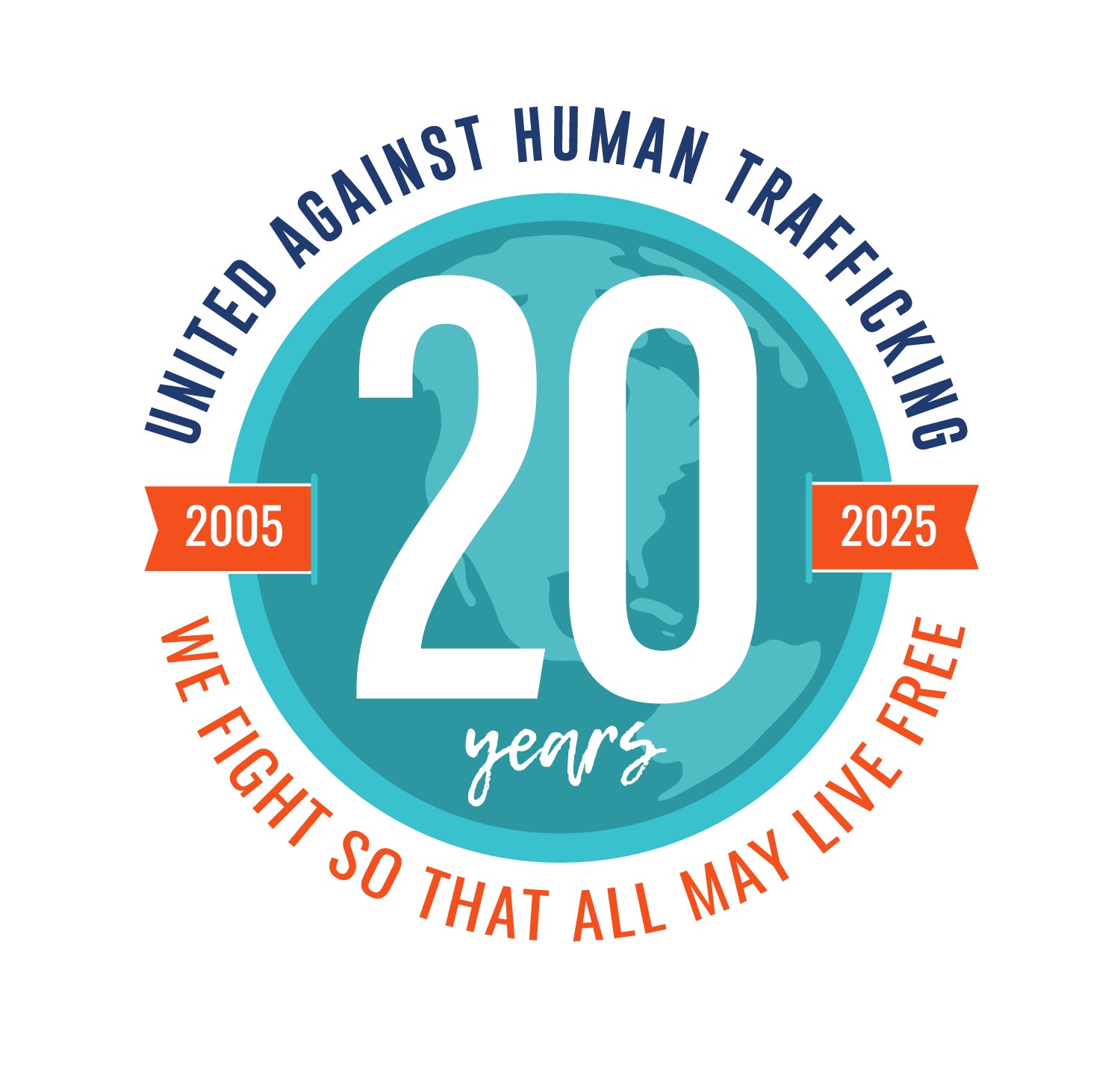Luca and Peter – Who Was Trafficked?
Two men, Luca and Peter, live in two different drug rehabilitation centers. As part of their programs, both men are expected to work.

The first man, Luca, works building doors. Before he started, his manager promised that he would be paid every Friday for his work.
On his first night, management locked the gates to the facility from the outside. Friday came and went, but Luca never received his paycheck. Weeks passed, and the gates locked every night and no paycheck ever came.

The second man, Peter, is expected to panhandle for spare change. When he returns to the rehabilitation center, he must give the money he makes to his manager. He was never promised that he could keep it.
A few weeks pass and Peter decides to leave the program entirely and search for a different job.
Both of these men were being exploited for their labor, but only one was being trafficked.
Do you know which one?
We Need To Talk About Labor Trafficking
Labor trafficking occurs at a higher rate than sex trafficking globally but is reported at a lower rate to the National Human Trafficking Hotline. It is imperative to address both sex and labor trafficking so that all can live free.
In this five-part blog series, we’re equipping you to recognize and report labor trafficking.
Right now, you’re reading part two, which will help you understand the distinction between labor exploitation and labor trafficking:

Labor trafficking is a type of labor exploitation.
Labor exploitation is exactly what it sounds like: exploiting another human being to profit unfairly off their work. All cases of labor trafficking are an extreme form of labor exploitation. However, some cases of labor exploitation are not human trafficking.
Labor trafficking is unique because it involves the element of choice: people being trafficked feel that they cannot choose to leave the situation they are in. Let’s look at the A-M-P Model, which defines human trafficking.

The A-M-P Model For Identifying Human Trafficking
Trafficking occurs when an action is taken, by the means of force, fraud, or coercion, for the purpose of profiting off someone else’s labor or service.
Exploitation describes unfairly profiting off someone else’s labor; there is no “means” in this definition. Force, fraud, or coercion are unnecessary for exploitation to occur. At least one of these means must be present along with exploitation for someone to legally be considered trafficked.
In a trafficking situation, force, fraud, and coercion make the victim feel like they cannot leave and get another job.
If we know a person is being exploited for labor, we need to ask 2 questions to determine if it is human trafficking:
- How did the victim come to have this job? (Were they recruited, harbored, transported, provided, obtained, patronized, or solicited into the job?)
- Was the victim forced, defrauded, or coerced into taking or staying in the job?
If you answer “yes” to both those questions, it’s human trafficking.
Let’s go back to Luca and Peter’s stories and ask these critical questions.

Peter
1. How did Peter come to have this job? (Was he recruited, harbored, transported, provided, obtained, patronized, or solicited into the job?)
Peter was harbored because he lived at the rehabilitation center, which employed him. Yes.
2. Was Peter forced, defrauded, or coerced into taking or staying in the job?
- Peter was not locked in at the rehabilitation center and he wasn’t physically abused if he didn’t work, so he wasn’t forced. No.
- Peter was never promised wages, so he was not defrauded. No.
- Peter was never threatened or psychologically manipulated, so he was not coerced. No.
Although it’s clear Peter was harbored for labor exploitation, we don’t see an element of “means” -force, fraud, or coercion – here. Peter was not trafficked.

Luca
1. How did Luca come to have this job? (Was he recruited, harbored, transported, provided, obtained, patronized, or solicited into the job?)
Luca – like Peter – was harbored because he lived at the rehabilitation center, which employed him. Yes.
2. Was Luca forced, defrauded, or coerced into taking or staying in the job?
- Luca was locked in at the rehabilitation center, so he was forced. Yes.
- Luca was promised wages that he never recieved, so he was defrauded. Yes.
- Luca wasn’t threatened or psychologically manipulated, so he was not coerced. No.
Luca was harbored through force and fraud for the purpose of labor exploitation. Using the A-M-P Model, we can see that Luca was trafficked.
Labor exploitation and labor trafficking go hand in hand.
To identify labor trafficking, it is important that you recognize the signs of labor exploitation so that you can report unfair and illegal labor practices. As people who support a society of freedom for all, we have an obligation to see and understand the exploitation of others around us. That’s why we at UAHT are writing this series for you!
We Serve Labor Trafficking Survivors Through our Case Management Program
Although labor trafficking rarely makes the news, you can be assured that our team is walking labor trafficking survivors – like Luca – through every step of their journey toward freedom.
From finding somewhere safe to sleep and nutritious food to eat to job training and interviews, our Case Manager ensures every client, of any gender, who experienced any trafficking type, is equipped with the tools they need to live free.
To start at the beginning of this series, check out our first post. Meanwhile, watch our blog for the next post on recognizing human trafficking in storefront services.
Resources:
The U.S. Department of Labor oversees labor exploitation issues and workers can file claims for violations of
- Workplace Health and Safety: OSHA (Occupational Safety and Health Administration)
- Nearly every employee in the nation comes under OSHA’s jurisdiction with some exceptions such as miners, some transportation workers, many public employees, and the self-employed. For more information about OSHA, visit https://www.osha.gov/.
- OSHA also administers the Whistleblower Protection program, ensuring an employer cannot retaliate by taking “adverse action” against workers who report injuries, safety concerns, or other protected activity. For more information about the Whistleblower Protection program, visit https://www.whistleblowers.gov/.
- Fair Labor Standards Act – FLSA contains rules concerning the employment of young workers, those under the age of 18, and is administered and enforced by DOL’s Wage and Hour Division. Intended to protect the health and well-being of youth in America, the FLSA contains minimum age restrictions for employment, restrictions on the times of day youth may work, and the jobs they may perform.
- Minimum wage, child labor, and Workers Owed Wages: Wage and Hour Division. The U.S. Department of Labor’s Wage and Hour Division (WHD) is responsible for administering and enforcing some of the nation’s most important worker protection laws. WHD is committed to ensuring that workers in this country are paid properly and for all the hours they work, regardless of immigration status.
- WHD Website: https://www.dol.gov/agencies/whd
- How to File a Complaint with WHD: https://www.dol.gov/agencies/whd/contact/complaints
- For more information about DOL and worker safety and health, visit https://www.dol.gov/general/topic/safety-health.
National Human Trafficking Hotline is a toll-free number anyone can call to report or get more information on human trafficking. Call 1-888-373-7888

